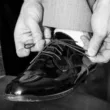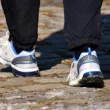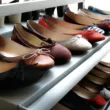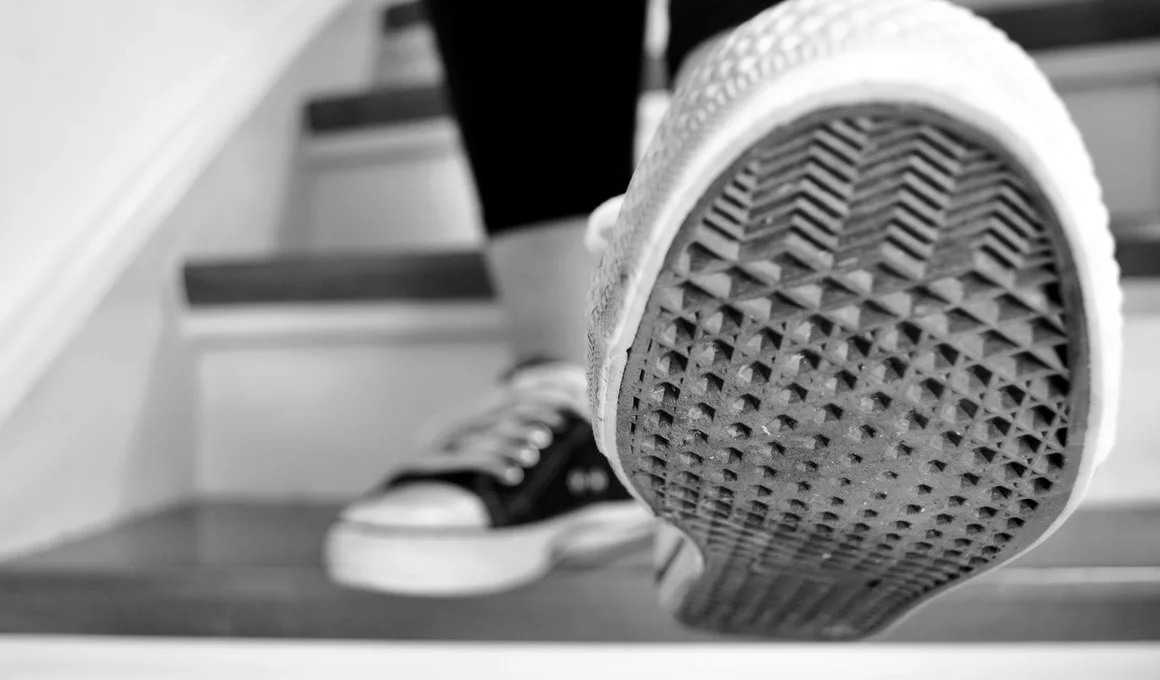The phrase ‘whose shoes are those?’ has several different meanings. To find out more about a certain meaning, use a dictionary. A good place to start is an English Definition dictionary, as well as a synonym dictionary. Also, consider checking out a Chambers Harrap or Collins Lexibase dictionary to learn more about a certain word. Here are some examples of how you can use the phrase.
Dictionary
A good shoe dictionary will explain the difference between loafers and other types of footwear. A loafer is a casual shoe that is lace-less and is very comfortable. These shoes are traditionally considered casual but many designers and manufacturers have created beautiful loafers that are appropriate for more formal settings. They are made in many materials and can be worn at different times of the day. In a dictionary, you’ll learn the difference between loafers and other types of footwear, including those that are made of leather.
Brogued shoes feature holes drilled into the upper of the shoe. They were originally used to provide drainage in country shoes worn in bogs. However, they are considered less formal than non-brogued shoes, and the decline of bog-walking may have contributed to the gray area in brogueing. In any case, this type of shoe is a stylish and versatile choice for many occasions. A dictionary of shoes will help you find the perfect shoe for any occasion.
Meaning
The difference between “whose shoes are these?” and “those shoes” is a matter of context. The word “these” is demonstrative while the word “they” is personal and neutral. The phrase “who’s shoes are those?” is more commonly used in casual conversations, while the other form is used to refer to someone else’s shoes. Here are some examples. Describe the people you know who are wearing shoes:
First, “whose shoes are those?” is a contraction of “who is.” The apostrophe + s mark possessive nouns. In this example, a pair of shoes on the floor belong to Jamie’s mother. It also reveals that the owner of the shoes by the door should be given the blame for the error. The contraction can also be spelled out to confirm its accuracy. For example, “whose shoes are those?” could be written to refer to the shoes left outside the door by Jamie.
Usage
In addition to providing protection to the human foot, shoes are also used as an accessory to add to the appearance of a person’s outfit. The design of shoes has changed over time and from culture to culture. In ancient times, their purpose was tied to their functionality. Shoes can be used for a variety of purposes including walking, running, or climbing. The human foot can adapt to different climates and terrains, so shoes provide protection from these elements. Steel-toe boots are required footwear for work sites and are sometimes used as fashionable pieces.
The usage of shoes can also be related to sex or group membership. Some cultures view footwear as a way to mark out gender and power. In pre-modern Japan, shoes were considered polluting agents, and the central focus of purification rituals. Other societies use shoes as tools to express their religious or moral values. In medieval Europe, women’s footwear was often shaped by moral and religious precepts. Women were prohibited from wearing shoes that were overly high or made of luxurious materials.
Examples
What are some examples of who’s shoes are those? The difference between who’s shoes are these and who’s shoes are they? The answer depends on context. “These are Stacy’s shoes,” explains her mother. “Those are her shoes,” responds Jamie. “Mom, who’s that?” The same question applies to “whose shoes are those on the door?”
Podobne tematy




